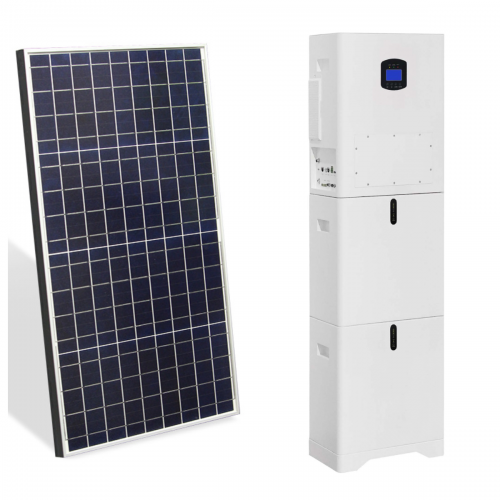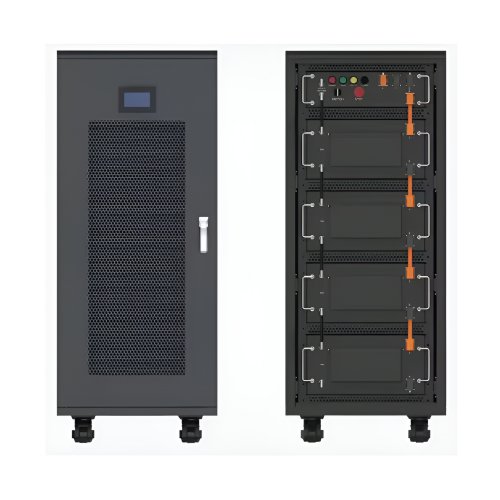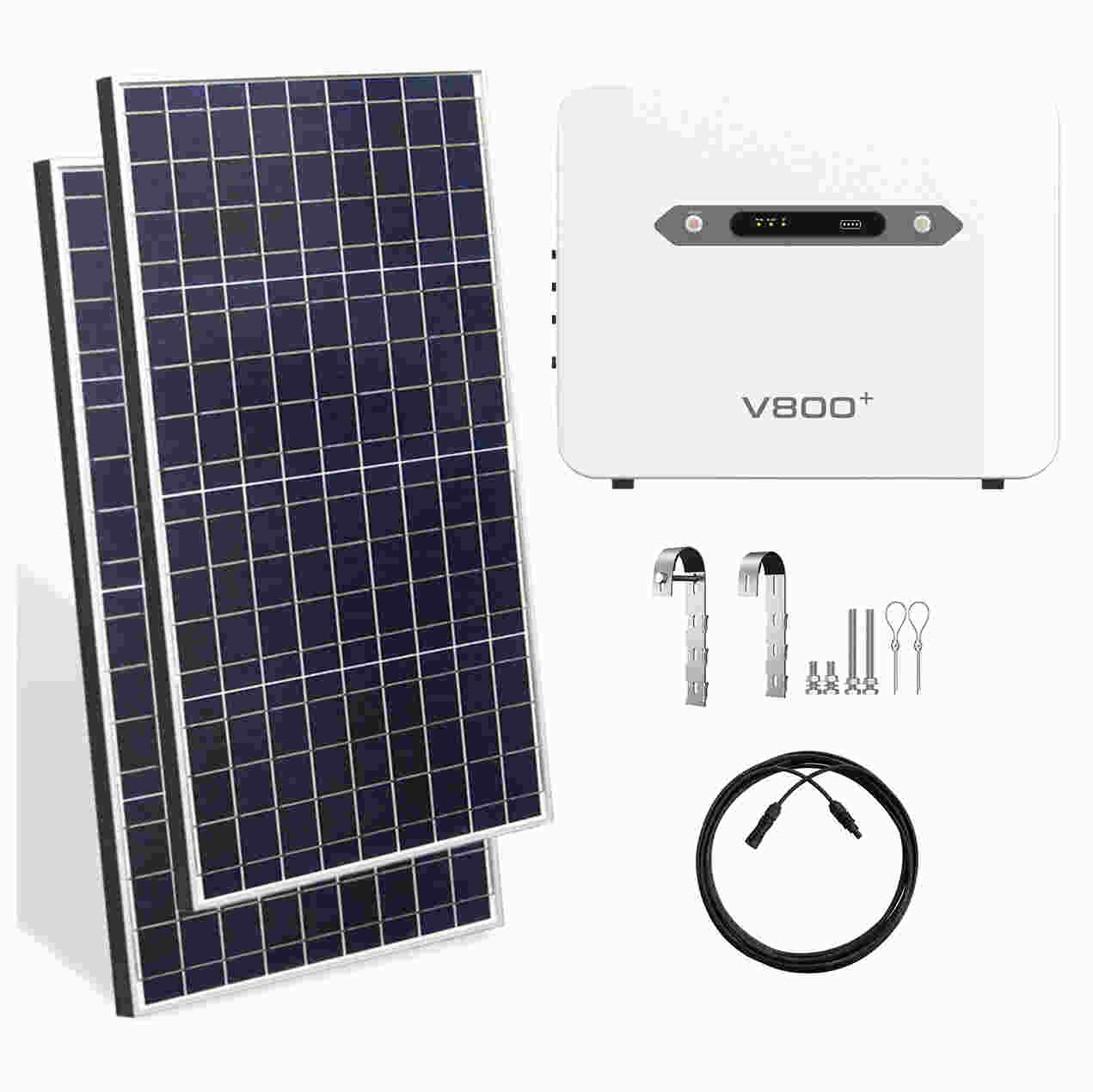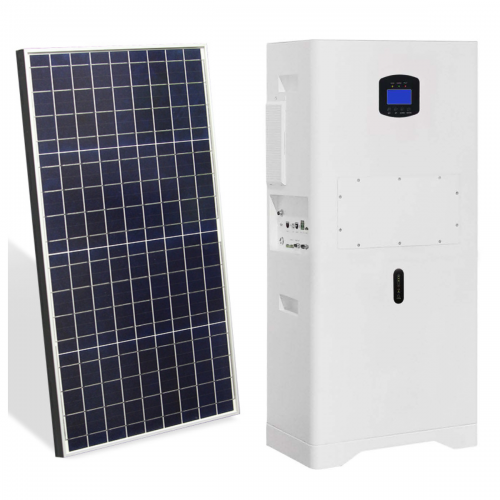How To Use User Manual: A Comprehensive Guide To Maximizing Product Understanding And Efficiency
A user manual, often overlooked or hastily discarded, is one of the most powerful tools at your disposal for mastering a new product. It is the primary source of truth from the manufacturer, designed to ensure you can use the device safely, effectively, and to its full potential. This guide will walk you through the process of not just reading, but truly utilizing a user manual to enhance your user experience.
Before diving into the "how," it's crucial to understand the "why." A user manual serves multiple critical functions:Safety Information: It contains vital warnings and precautions to prevent injury to yourself and damage to the product.Setup Instructions: It provides a step-by-step guide for initial assembly, installation, and configuration.Operational Guidance: It explains all features, functions, and controls in detail.Troubleshooting: It offers solutions to common problems, potentially saving you time and a support call.Maintenance & Care: It includes instructions on how to clean and maintain the product to ensure its longevity.Specifications & Warranty: It details technical specifications and the terms of the product's warranty.
Step 1: Locate and Identify the Manual Your first interaction begins before you even unbox the product. Modern products often provide manuals in multiple formats:Physical Copy: A printed booklet included in the packaging.Digital Copy (PDF): Available on a included CD or, more commonly, through a listed URL or QR code on a quick-start guide. Always download and save this file for future reference.Online Support Page: The manufacturer's website will have a support section where you can search for your model number to find the manual, firmware updates, and software drivers.
Step 2: Perform a Preliminary Scan Do not read the manual cover-to-cover like a novel. Instead, quickly scan through it to understand its structure. Locate key sections, typically found in the table of contents:Safety InstructionsQuick Start GuideTable of Contents / IndexInstallation/SetupBasic OperationsAdvanced FeaturesTroubleshootingSpecificationsContact Information / Warranty
Step 3: Prioritize Safety This is non-negotiable. Before plugging in or assembling the product, carefully read the entire "Safety and Warning" section. Understand all the symbols (e.g., a lightning bolt for electrical risk, an exclamation point in a triangle for general warning). Ignoring these precautions can lead to serious hazards.
Step 4: Follow the Initial Setup Guide Most manuals include a "Quick Start" section designed to get you up and running with minimal effort. Follow these steps precisely. This is not the time for improvisation. If the quick guide says "charge the device for 4 hours before first use," do it. This steps ensures the battery is calibrated correctly for a long life.
Step 5: Systematic Learning of Features Once the product is operational, use the manual to explore its capabilities. Don't try to learn everything at once.Start with Basic Functions: Learn how to perform core tasks. For a camera, this would be turning it on, taking a photo, and reviewing it.Progress to Advanced Features: Once comfortable, use the manual to unlock more complex functionalities. For the same camera, this could be manual exposure settings, custom white balance, or interval shooting. Read about one feature, then practice using it immediately. This hands-on reinforcement solidifies learning.
Step 6: Bookmark the Troubleshooting Section The troubleshooting section is your first line of defense when something goes wrong. Before contacting customer support, consult this section. It is organized by symptom (e.g., "No power," "Error Code 504," "Poor image quality") and provides a list of possible causes and solutions. Methodically work through the suggested fixes.
Step 7: Understand Maintenance and Care To protect your investment, refer to the manual for instructions on proper cleaning, storage, and part replacement (e.g., filters, blades, batteries). Using the wrong cleaning chemicals can void your warranty or permanently damage the product.
Use the Index: The index is your best friend for finding specific information quickly. If you want to know how to set a timer, look up "Timer" instead of flipping through every page.Annotate Your Manual: If you have a physical copy, don't be afraid to use a highlighter or pen to mark important pages, warnings, or features you use frequently. For a digital PDF, use the highlight and comment tools.Keep it Accessible: Store the physical manual in a known, safe place. Save the digital PDF to your computer and back it up to cloud storage (like Google Drive or Dropbox). Taking a photo of the quick-start guide with your smartphone is also a great way to have instant access.Verify Your Model Number: Ensure the manual you are using matches the exact model number of your product. A manual for a similar model might have different instructions or features, leading to confusion.Do Not Discard the Manual: Even if you feel you've mastered the product, keep the manual. You will need it for troubleshooting future issues, understanding error codes, or checking warranty details.Heed All Warnings: Warnings are there for a reason. Do not circumvent safety features or use the product in ways explicitly warned against in the manual.Check for Updates: For software-driven products (routers, smart devices, cameras), the manual might become outdated. Periodically check the manufacturer's website for updated user guides or firmware releases that may add new features or procedures.Contact Support with Context: If you must contact customer support, have your manual and model number ready. Explain the steps you’ve already taken from the troubleshooting guide. This demonstrates due diligence and helps the support agent diagnose the problem faster.In conclusion, a user manual is a dynamic document that serves as your personal guide throughout the entire lifecycle of your product. By adopting a structured approach to using it—from initial safety checks to advanced feature exploration and troubleshooting—you empower yourself to use your devices more safely, efficiently, and confidently.
Customized/OEM/ODM Service
HomSolar Supports Lifepo4 battery pack customization/OEM/ODM service, welcome to contact us and tell us your needs.


HomSolar: Your One-stop LiFePO4 Battery Pack & ESS Solution Manufacturer
Our line of LiFePO4 (LFP) batteries offer a solution to demanding applications that require a lighter weight, longer life, and higher capacity battery. Features include advanced battery management systems (BMS), Bluetooth® communication and active intelligent monitoring.

Customised Lithium Iron Phosphate Battery Casing
ABS plastic housing, aluminium housing, stainless steel housing and iron housing are available, and can also be designed and customised according to your needs.

HomSolar Smart BMS
Intelligent Battery Management System for HomSolar Energy Storage System. Bluetooth, temperature sensor, LCD display, CAN interface, UART interface also available.


Terminals & Plugs Can Be Customized
A wide range of terminals and plugs can be customised to suit the application needs of your battery products.

Well-designed Solutions for Energy Storage Systems
We will design the perfect energy storage system solution according to your needs, so that you can easily solve the specific industry applications of battery products.



About Our Battery Cells
Our energy storage system products use brand new grade A LiFePO4 cells with a battery lifespan of more than 4,000 charge/discharge cycles.



Applications in Different Industries
We supply customized & OEM battery pack, assemble cells with wiring, fuse and plastic cover, all the cell wires connected to PCB plug or built BMS.
Applications: E-bike, Electric Scooter, Golf Carts, RV, Electric Wheelchair, Electric Tools, Robot Cleaner, Robot Sweeper, Solar Energy Storage System, Emergency Light, Solar Power Light, Medical Equipment, UPS Backup Power Supply.
We can provide you with customized services. We have the ability to provide a vertical supply chain, from single cells to pack/module and to a complete power solution with BMS, etc.


HomSolar (Shenzhen) Technology Co., Ltd
























